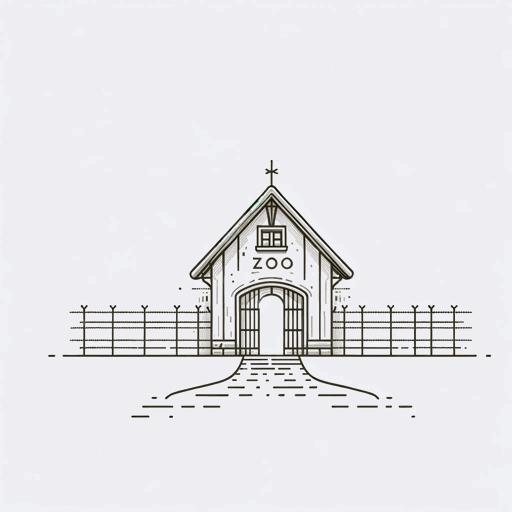58 pages • 1 hour read
Diane AckermanThe Zookeeper's Wife: A War Story
Nonfiction | Biography | Adult | Published in 2007A modern alternative to SparkNotes and CliffsNotes, SuperSummary offers high-quality Study Guides with detailed chapter summaries and analysis of major themes, characters, and more.
Background
Historical Context: The Warsaw Ghetto and Occupied Poland
Few geographical locations or historical events are as readily recognizable as the Warsaw Ghetto. Beginning in 1939, the Nazi occupiers of Warsaw set down guidelines prohibiting the movement of Jewish citizens within the city. They then forced the Jewish population of the entire region, more than 400,000 people, into a section of the city consisting of 10 to 12 blocks. Over the course of the next three years, until the Nazis removed the majority of these citizens to the Treblinka concentration camp, resources to feed the people within the Ghetto were severely limited, resulting in starvation. Many deadly diseases ran rampant within the Ghetto, where there were few doctors and virtually no medicines. The number of official entrances and exits to the Ghetto was gradually reduced to only four. Governor-General Frank, the Nazi officer in command of the Ghetto, expressed his desire for all the Jews to cease to exist.
As the Nazis slowly tightened their chokehold on the Ghetto, people within strove to live a normal life. There was a fledgling economy, entertainment, school, and religious services. Many accounts of the vibrant life attained by people within the Ghetto survived the Nazi occupation. Polish people outside the Ghetto expressed real curiosity about what was taking place within its walls.


